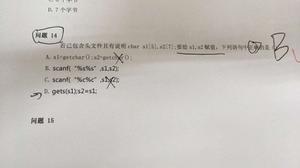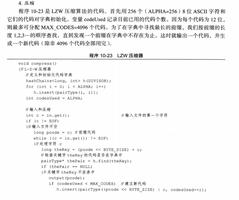当总和本身显示为180时,为什么我从两个角度的总和中减去180时会得到不正确的答案?
该程序获得4点(他们的坐标),形成一个凸形的图形,应该给我角度A2 +角度A4 - 180度。对于例如:当总和本身显示为180时,为什么我从两个角度的总和中减去180时会得到不正确的答案?
1 3 0 2
1 1
2 2
我得到UA2 = 90和UA4 = 90,但是当我做UA2 + uA4-180我得到2.0568e-007,而不是0但是,当我做到这UA2 + UA4我得到180.如果有人问到类似的问题,我很抱歉,但我不知道如何搜索它。任何人都可以告诉我为什么会发生,我如何修复它以显示正确的答案?代码:
#include <iostream> #include <fstream>
#include <cmath>
#define PI 3.14159265
using namespace std;
ifstream f("date.in");
struct punct
{
double x,y;
}A1,A2,A3,A4;
int main()
{
double uA2,uA4;
f>>A1.x>>A1.y>>A2.x>>A2.y>>A3.x>>A3.y>>A4.x>>A4.y;
//calculate cos of both angles
uA2=((A1.x-A2.x)*(A3.x-A2.x)+(A1.y-A2.y)*(A3.y-A2.y))/
(sqrt((A1.x-A2.x)*(A1.x-A2.x)+(A1.y-A2.y)*(A1.y-A2.y))*sqrt((A3.x-A2.x)*(A3.x-A2.x)+(A3.y-A2.y)*(A3.y-A2.y)));
uA4=((A1.x-A4.x)*(A3.x-A4.x)+(A1.y-A4.y)*(A3.y-A4.y))/
(sqrt((A1.x-A4.x)*(A1.x-A4.x)+(A1.y-A4.y)*(A1.y-A4.y))*sqrt((A3.x-A4.x)*(A3.x-A4.x)+(A3.y-A4.y)*(A3.y-A4.y)));
//calculate angles
uA2=acos(uA2)*180.0/PI;
uA4=acos(uA4)*180.0/PI;
//the part that gives me an incorrect answer
cout<<uA2+uA4-180<<endl;
}
回答:
对于浮点计算,我们可以使用一些非常小的偏移值作为边缘错误,例如1e-6。
double diff = uA2 + uA4 - 180, threshold = 1e-6; if (diff < threshold && diff > -threshold) cout << "0" << endl;
else cout << diff << endl;
// cout<<uA2+uA4-180<<endl;
以上是 当总和本身显示为180时,为什么我从两个角度的总和中减去180时会得到不正确的答案? 的全部内容, 来源链接: utcz.com/qa/258721.html





